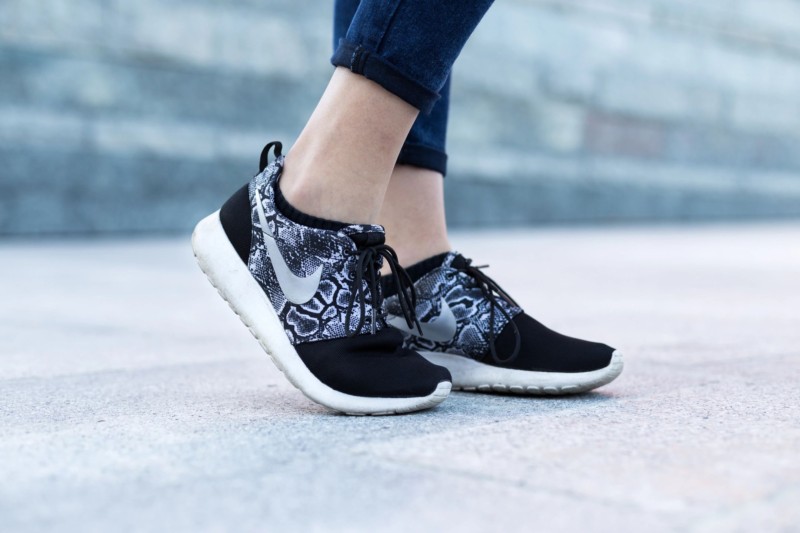Cervical radiculopathy (CR) is a peripheral nervous system disorder that affects the normal function of the cervical nerve roots (CNRs). This can often cause chronic pain and functional limitations in daily life. CR is associated with mechanical and/or inflammatory stimuli around the CNRs. There are a variety of manual therapy techniques including intermittent cervical traction (ICT) and neural mobilization that have been proposed to reduce pain and functional limitations in CR. While using MRI and CT scans, there are a small number of imaging studies that indicate that ICT can modify mechanical stimuli compressing the involved CNR by increasing the intervertebral space, reducing intradiscal pressure, and widening the cervical neural foramina. Neural mobilizations have been around for more than 25 years and was introduced as an intervention for pain relief. It has been advocated in CR to facilitate nerve “sliding/gliding” and normalization of mechanosensitive at involved CNRs.
In this study, “a randomized, controlled, assessor-blinded, clinical trial was designed to Investigate changes in pain, function and disability of participants with CR receiving ICT with neural mobilization” (Savva, 21). The participants were blinded to their measurement score in order to prevent any type of bias. They were randomly allocated using a block randomization method to an intervention group that received neural mobilization with concurrent ICT, or a waitlist control group that did not receive any type of treatment. Both groups were asked to avoid taking any prescriptions, over-the-counter analgesia, or anti-inflammatory medications during this study.
Participants were scheduled to attend 12 treatments over a 4-week period; 3 sessions every week. At the beginning of eat treatment, participants rested in a supine position while positioning their cervical spine in the most pain-free positon. Some preferred cervical flexion while others had to be at 0 degrees of flexion, lateral flexion and rotation. Once a comfortable position was reached, neural mobilization techniques combined with ICT were performed. In this study, cervical traction was applied using grades II-IV; “grade II being described as large-amplitude longitudinal movement within the available range of motion, grade III as a large-amplitude longitudinal movement that reaches the end range of motion, and grade IV as a small amplitude longitudinal movement at the very end rand of motion” (Savva, 22). Each session was comprised of 6 sets of grade II-IV ICT and ICT was applied and maintain for about 1 minute with a rest period of 1 minute. While maintaining ICT for 1 minute, slider neural mobilizations using the median nerve bias were performed in both slow and oscillatory fashion at the same time. Also, while ICT was being maintain, the elbow joint along with the wrist and fingers were moved in several positions to mobilize the affected CNRs. Pain free cervical traction was applied throughout all treatments, and as symptoms allowed, traction forces would gradually increase during each treatment. In regards to the application of neural mobilization, the glenohumeral joint was initially placed in the neutral position and was gradually moved into 90 degrees of abduction and maximum lateral rotation.

 Telehealth Services
Telehealth Services Acupuncture
Acupuncture 3D Body Scanning
3D Body Scanning